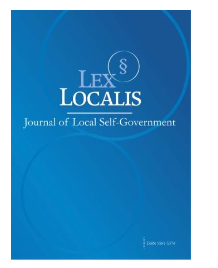REVISITING THE PAST: A CRITICAL ANALYSIS OF MASS MEDIA IN THE POPULARIZATION OF ANCIENT INDIAN CIVILIZATIONS
DOI:
https://doi.org/10.52152/kxpbjq15Keywords:
Ancient India, cultural Mass Media, Popular Culture, Harappan Civilization, Vedic Period, Media Studies.Abstract
The present research critically examines the central role of mass media in constructing public knowledge and popularizing ancient Indian cultures, i.e., Indus Valley (Harappan), Vedic, and Mauryan periods. Using a qualitative approach, the study examines a wide variety of media products such as television dramas, documentaries, feature films, and online media.
The study shows that mass media plays an influential role as a conduit, taking difficult historical and archaeological research and making it comprehensible to a mass audience in the form of easily understood narratives. But the process involves enormous trade-offs. The important findings demonstrate that visual media, in the process of building popular imagery, tends to distort historical complexities. There is a widespread trend towards invoking the "Great Man" theory of history, individualizing large-scale socio-economic processes into tales of individual brilliance. In addition, media portrayals are often laced with modern-day ideological perspectives, particularly of presenting the Vedic era as a monolithicized "Golden Age." Digital media rise makes access democratic but also hastens the dissemination of pseudo-historical assertions. The article concludes that although mass media have been able to arouse mass interest in ancient India, there is a need for critical and joint effort between academic historians and media professionals to ensure the presentation of sophisticated, correct, and responsible historical accounts.
Downloads
Published
Issue
Section
License
Copyright (c) 2025 Lex localis - Journal of Local Self-Government

This work is licensed under a Creative Commons Attribution-NonCommercial-NoDerivatives 4.0 International License.








